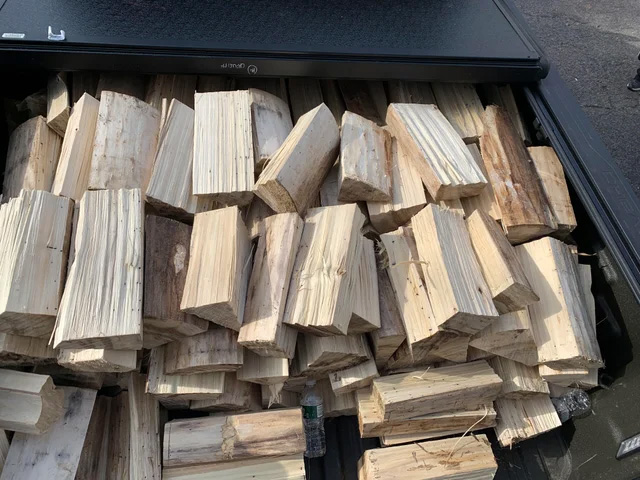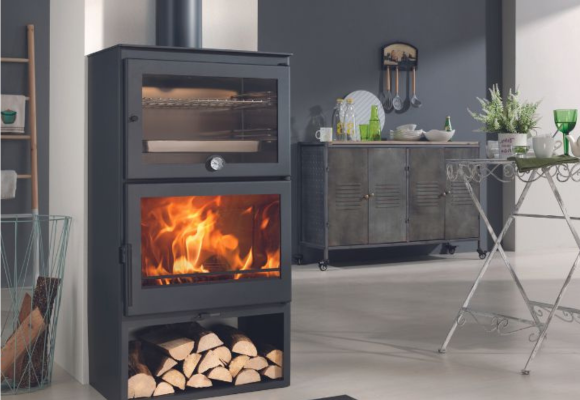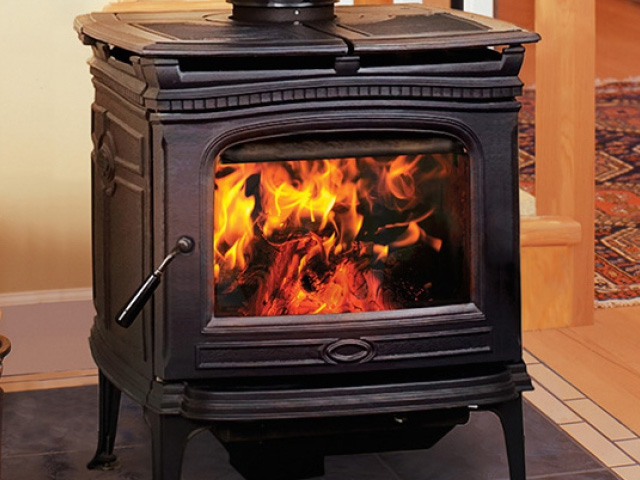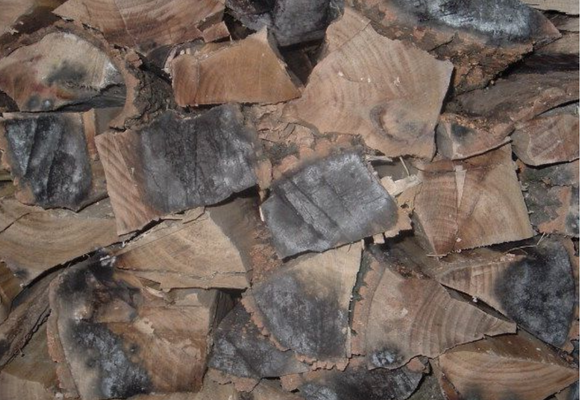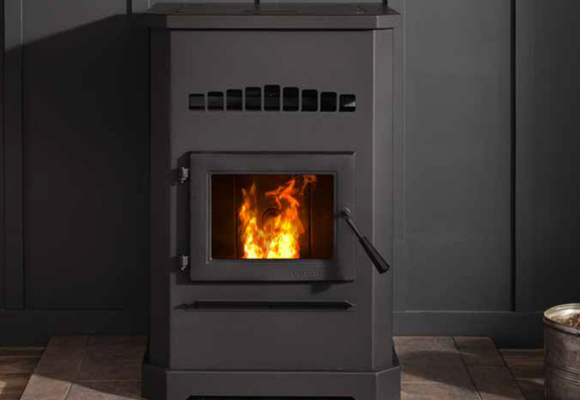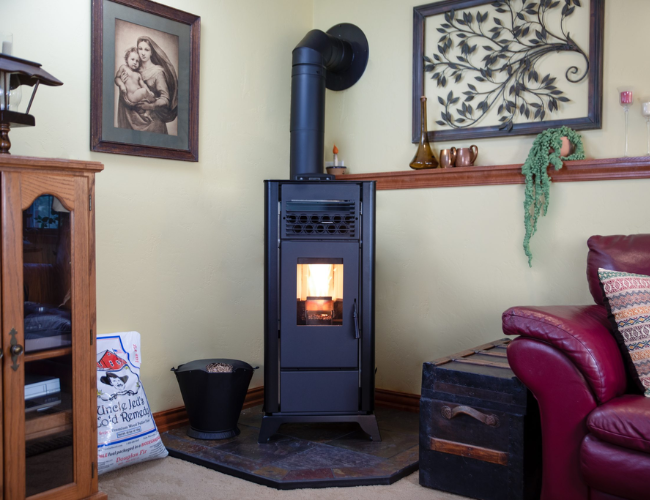Firewoods are classified into 03 tires, among which the highest burning firewoods also enlist Oak and Ash because both are excellent woods with the better heat output and long-lasting clean burning.
However, users still need clarification about declaring the best firewood among Ash and Oak. So, what’s next? We got you a comparison guide for Ash vs. Oak firewood to get the ultimate firewood winner!
Both firewoods work fine and great, but what makes them differentiated and more worthy than others? How would you find the best firewood for addition to your wood logs?
For that, please go through the easy comparison guide with the most relevant comparable knowledge gathered by experts to make you select the best wood for your burning requirements.
Ash Vs. Oak Firewood- Quick Answer!
For a quick go-through, let’s compare what makes Oak the ultimate winner for the best firewood. Both are densely covered by good fire hardwoods, while the Ash is slightly Chunkier than the Oak.
Side-wise energy output for the oak firewood is 24.6 million BTUs/cord, highly considerable than Ash with only 20 million BTUs/ cord heat output.
The burning efficiency of Oak is slightly higher, with 140 minutes of burning, while for Ash, it’s 100 minutes. However, the seasoning of Oak requires more seasoning time than the Ash tree.
The Ash initially has a high flame, then goes on a low while the oak tree offers a study flame.
Both the trees are low smoke, low creosote buildup, low sparking, and popping with a mild aromatic smell.
Ash’s affordability is higher than Oak’s as Ash is cheaper with medium coal production, while Oak costs higher with producing excellent coal beds. Let’s check it out in detail!
Which One Is Best? Ash Vs. Oak Firewood
Those who are in a hurry you should check the comparison table for both the firewood to make it easily differentiate but to know in detail consider the factors to properly acknowledge and easily discern the woods for selecting the right kind of firewood for burning.
| Differentiate Ash Vs. Oak Firewood | |
| Ash Firewood | Oak Firewood |
| Scientific name | |
| Fraxinus excelsior | Quercus robur |
| Types | |
| darker, Dense, and slightly chunkier Hardwood | Dense Hardwood |
| Energy output | |
| Green ash 20.0 million BTUs/cordWhite ash 24.2 million BTUs/cord | Red oak 24.6 million BTUs/cordWhite oak 29.1 million BTUs/cord |
| Burring efficiency | |
| High heat but less than Oak with clean burning (100 minutes) | Excellent heat with clean burning (140 minutes) |
| Seasoning | |
| 06-18 months | Require additional years for seasoning 24 months |
| Flame | |
| Initially high than low | Steady flame |
| Wood splitting | |
| Difficult to split (white ash firewood) | Easily split |
| Smoke and creosote buildup | |
| Low | Low |
| Scent/ Aroma | |
| Mild | Mild |
| Spark | |
| Low | Low |
| Coal production | |
| Good coal bed production | Excellent coal bed production |
| Cost | |
| A bit cheaper than Oak | A bit more expensive than Ash |
| Allergic reactions | |
| No allergic reaction | Poison oak can cause allergic reactions |
| Applications | |
| The overall best firewood for those who do not know which wood to select For bonfires, stoves, chimneys, etc. | ideal in larger stovesworks best for overnight burning, bonfires, etc. |
Heat Value or Heat output
Any firewood is known by its heat output or heat efficiency; for that, you have to measure or compare BTUs, which means British thermal units of each wood type, to get the heat output. Upon burning, wood gives out heat and light energy, and that heat is measured in BTUs.
When comparing Oak and Ash, you would differentiate the heat output based on the BTUs per cord. Oak comes in 3 varieties that are red, white, and gamble; each has its heat output.
For red Oak, the heat output is 24.6 million BTUS per cord. For white Oak, it’s 29.1 BTUs per cord, while considering Gamble, it’s 30.7 million BTUs per cord, meaning having the highest.

In comparison to Ash, green Ash produces 20 million BTUs per cord while white dried Ash produces a heat output of 24 million BTUs, slightly less than Oak. So here the winner is Oak!
Smoke And Creosote Build Up
Upon burning wood, it would smoke out, but for the best firewood, you need to check out the smoke levels because the lower the smoke levels, the better the option firewood.
High some cause irritation when sitting around a burning fire, late Nights Bonfire, burning wood in chimneys, or for the stove. In that case, you would require less smoke for timber, and in today’s comparison, both Ash and Oak are less smoke firewood, making them best for burning.
The woods also produce low smoke when seasoned properly for the desired. With only 20% moisture left within the wood, it will produce less smoke. those having Oak and Ash without seasoning would release smoke causing red eyes or extensive smoke fire, which we hope you don’t like.
Along with smoke, many trees are prone to cause sticky buildup, and that’s because they are more smoke-producing, so as the Oak and ask both produce less smoke, they are also less prone to creosote buildup. In that case, the winner is trees with a low smoke profile and creosote buildup!
Seasoning Time
For any wood to be good firewood, it is necessary to be properly seasoned. It also matters that either wood requires high or low seasoning; the less the seasoning time, the better the wood availability for burning purposes.
Ash tree is quickly seasoned and gets right away for use compared to the Oak that requires additional years of seasoning or drying to become good firewood. For burning purposes, Ash is favored with a low seasoning time of 6 to 18 months, while for Oak, it is 24 months and above.
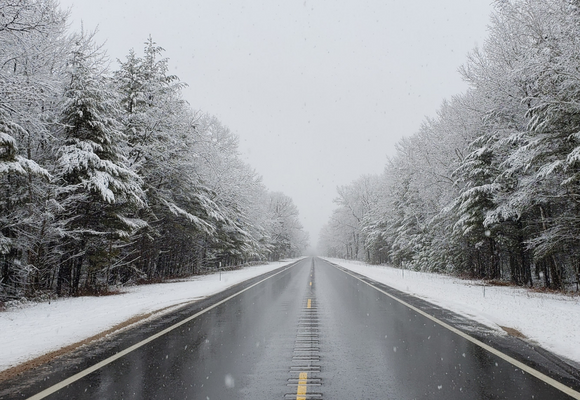
Within different oak variants, you also get various versatile seasoning periods; the white Oak has more water content than the red Oak, so it would require an additional 2 to 3 years to completely dry. Overall, the winner is the Ash tree with a low seasoning time of 18 months.
Sparks And Aroma
Those woods that cause excessive sparking aren’t considered good firewood like most resinous soft Woods. As the Oak and Ash comply with densely covered hardwoods, they lack sparking and popping. With low Spark, woods are also mild Aromatic, producing soft scents.
Those users who don’t want scented woods should consider either Oak or Ash with a mild Aroma. Both kinds of wood are good for cooking because they do not impart any taste to your food and burn for longer. So, both types of wood are winners when considered sparking! Lack of sparks and fireworks!
Coaling Bed and Burning Efficiency
Spending your hard-earned bucks on wood that quickly burns out and converts to Ash seem the wrong option. Always select a wood that produces a coal bed that burns for a longer time, enhancing the heat efficiency. Comparing Oak and Ash for cold bed production shows that Ash also makes good-quality coal beds.
Still, Ash seems an excellent option because of its acceptably denser Hardwood and more burning efficiency. Oak remains Light Up All light for 140 hours, whereas the Ash owns a burning tendency of 100 hours. Therefore, Oak seems the ultimate winner for a high coaling bed and better burning efficiency!
Conclusion
So have you gone through the guide? Did you get something relevant to your query? We hope you easily differentiate what kind of firewood Oak and Ash are based on their burning capabilities, efficiency, cost, and other factors that make each one good. Upon comparison, Oak seems to be the ultimate winner with slightly better firewood factors than Ashwood.
Because of its high burning efficiency, excellent coal bed production, no smoke, steady flame, and long bring duration, Oak is considered first than Ash. So, keep your bonfires, chimneys, and stoves lit with high-quality oak firewood!
Frequently Asked Questions
**Is Ash cheaper than Oak?**
Among various types of woods, the Hardwoods seem much more affordable, and Oak and Ash are equally under the same price tags, but the in some areas, the price may vary from firewood to firewood. Ash and Oak are high-burning firewood, but because of availability, medium to high burning efficiency, and low seasoning time, Ash seems cheaper than Oak.
**Whether ash firewood split easily or Oak?**
When both firwoods are compared for spiting, the Oak was easily split and used for burning with high heat value and efficiency, while the white Ash was found hard to split. But it’s not over yet! When comparing the types of both variants, the green Ash was the easiest to get split compared to white Ash, which required splitting axe or maul to complete the task.
While on the other hand, the red Oak split more easily than the white Oak and seems hard to slit because of knots and twisted fibers. So, check out each type for considering the splitting factor.
